Home>Furniture & Design>Living Room Furniture>How To Move A Recliner Chair By Yourself
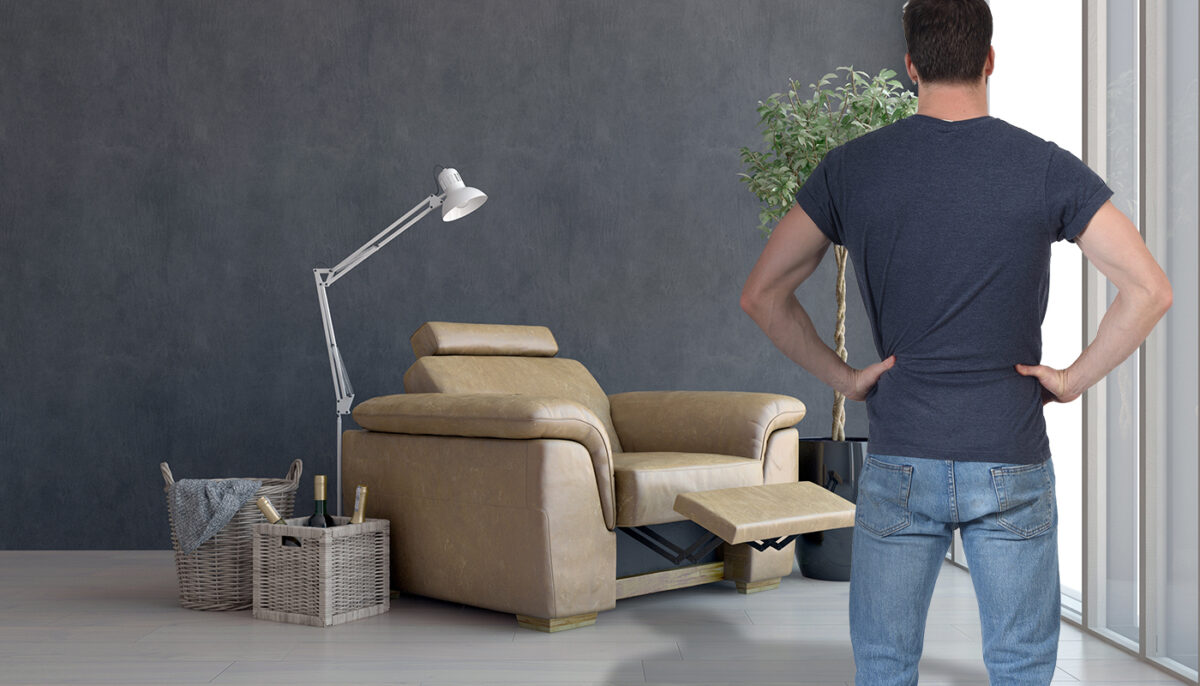

Living Room Furniture
How To Move A Recliner Chair By Yourself
Modified: October 19, 2024
Learn how to move a recliner chair by yourself with our expert tips and techniques. Safely relocate your living room furniture with ease.
(Many of the links in this article redirect to a specific reviewed product. Your purchase of these products through affiliate links helps to generate commission for Storables.com, at no extra cost. Learn more)
Choosing the Right Equipment
When it comes to moving a recliner chair by yourself, having the right equipment can make the task much more manageable. Here's a guide to help you choose the essential tools for a successful solo move:
-
Furniture Sliders: These handy tools are a game-changer when it comes to moving heavy furniture. Furniture sliders are typically made of durable plastic or rubber and are designed to be placed under the legs of the recliner. They reduce friction, making it easier to slide the chair across the floor without causing damage.
-
Moving Straps: Investing in a set of moving straps can significantly ease the lifting and maneuvering of the recliner chair. These straps are designed to distribute the weight of the furniture evenly, reducing the strain on your back and allowing for better control during the move.
-
Measuring Tape: Before attempting to move the recliner, it's crucial to measure the dimensions of doorways, hallways, and any other spaces the chair needs to pass through. This will help you determine if the chair can fit through these areas and identify any potential obstacles.
-
Protective Materials: To prevent scratches and dents, it's advisable to have moving blankets or furniture pads on hand. These can be used to wrap the recliner and provide an extra layer of protection during the move.
-
Basic Tools: Depending on the design of your recliner, you may need basic tools such as a screwdriver or adjustable wrench to disassemble any removable parts. This can make the chair lighter and more manageable to transport.
-
Cleaning Supplies: It's a good idea to have cleaning supplies readily available to tidy up the pathways and the new location for the recliner. This ensures a clean and clear path for moving the chair and helps maintain the cleanliness of the space.
By ensuring you have the right equipment on hand, you can streamline the process of moving your recliner chair and minimize the risk of damage to both the chair and your surroundings. With the proper tools, you'll be well-equipped to tackle the next steps of preparing, lifting, and maneuvering the recliner chair with confidence.
Key Takeaways:
- Choose the Right Tools: Furniture sliders, moving straps, and measuring tape are essential for moving a recliner. Protect the chair with blankets and clean the pathways for a smooth move.
- Prepare and Move Safely: Clear the area, secure moving parts, and use proper lifting techniques. Measure doorways, angle the chair, and consider disassembly for tight spaces. Position and test the chair in its new location for comfort and enjoyment.
Read more: How To Move A Recliner By Yourself
Preparing the Recliner Chair
Before embarking on the physical task of moving a recliner chair, it's crucial to prepare the chair properly to ensure a smooth and safe transition. Here's a detailed guide on how to prepare your recliner chair for a successful solo move.
Clear the Surrounding Area
Begin by clearing the area around the recliner chair. Remove any obstacles, such as side tables, ottomans, or decorative items, that may obstruct the path or pose a tripping hazard during the move. Creating a clear and spacious pathway will facilitate the movement of the chair and reduce the risk of accidents.
Remove Loose Items
Check the recliner for any loose items such as throw pillows, blankets, or remote controls. Clearing these items from the chair not only makes it lighter and easier to handle but also prevents them from falling off during the move, potentially causing damage or getting lost.
Secure Moving Parts
If your recliner chair features any movable parts, such as a footrest or extendable headrest, ensure that these components are securely fastened or locked in place. This prevents unexpected movement during the transfer and minimizes the risk of damage to the mechanisms.
Read more: How To Move A Mattress By Yourself
Clean and Inspect
Take a moment to clean the recliner chair, especially the underside and legs, to remove any dust, debris, or small objects that could interfere with the moving process. Additionally, inspect the chair for any existing damage or weak spots that may require extra care during the move.
Disassemble if Necessary
Depending on the design of your recliner, you may need to disassemble certain parts to make the chair more manageable to move. This could include removing the backrest, detaching the footrest, or separating any modular sections. Refer to the manufacturer's guidelines for disassembly instructions to ensure a safe and efficient process.
Protect the Chair
To safeguard the recliner from scratches and dents, consider wrapping it in moving blankets or using furniture pads. Secure the protective materials with tape or straps to keep them in place. This extra layer of protection will help maintain the chair's appearance and structural integrity during the move.
By meticulously preparing the recliner chair before the actual move, you can mitigate potential risks and ensure that the chair is in the best possible condition for transportation. Taking the time to prepare the chair thoroughly sets the stage for a successful and stress-free moving experience.
Lifting and Moving the Recliner Chair
With the preparatory steps completed, it's time to delve into the physical aspect of moving a recliner chair. Lifting and maneuvering a heavy piece of furniture like a recliner requires careful planning and proper technique to ensure a safe and efficient transfer. Here's a detailed guide on how to lift and move a recliner chair by yourself:
Read more: How To Move A Mattress Upstairs By Yourself
Assess the Weight and Balance
Before attempting to lift the recliner, take a moment to gauge its weight and overall balance. Determine the heaviest sections and any areas that may be off-balance due to movable components. Understanding the chair's weight distribution will help you plan the lifting strategy and avoid potential strain or instability during the move.
Utilize Proper Lifting Techniques
When lifting the recliner, prioritize your safety and minimize the risk of injury by employing proper lifting techniques. Bend your knees, keep your back straight, and maintain a firm grip on the chair. If possible, enlist the help of a furniture dolly or a sturdy cart to assist with the initial lift, especially if the chair is particularly heavy or cumbersome.
Coordinate Movements with Control
As you begin to lift the recliner, coordinate your movements with control and precision. Communicate with yourself (or any assisting individuals) to synchronize lifting and ensure a smooth, balanced transfer. Avoid sudden jerking or twisting motions, as these can destabilize the chair and increase the risk of accidents or damage to the surrounding area.
Use Moving Straps for Support
If available, utilize moving straps to secure the recliner and provide additional support during the lifting process. These straps can be adjusted to distribute the weight evenly and offer a more secure grip, reducing the strain on your body and facilitating better control as you move the chair to its new location.
Read more: How To Move A Heavy Dresser By Yourself
Slide or Roll, Avoid Lifting Unnecessarily
Whenever possible, take advantage of furniture sliders or rolling platforms to minimize the need for continuous lifting. By sliding or rolling the recliner across the floor, you can conserve energy and reduce the physical strain associated with constant lifting. Be mindful of the flooring material to prevent any damage during this process.
Take Breaks and Reassess
Moving a recliner chair can be physically demanding, so it's essential to take periodic breaks to rest and reassess the situation. Listen to your body and avoid overexertion. Use these breaks to evaluate the path ahead, adjust your strategy if necessary, and ensure that the chair remains stable and secure throughout the move.
By following these guidelines and approaching the lifting and moving process with caution and attentiveness, you can effectively transport your recliner chair to its new location with confidence and minimal hassle. Remember, safety and precision are paramount when handling heavy furniture, and taking the time to execute each step thoughtfully will contribute to a successful solo move.
Maneuvering Through Doorways and Tight Spaces
Navigating a recliner chair through doorways and tight spaces presents a unique set of challenges during the moving process. However, with strategic planning and careful execution, it is entirely feasible to maneuver the chair through these obstacles without causing damage to the furniture or the surrounding structures.
Measure and Assess
Before attempting to move the recliner through any narrow passages, it is crucial to measure the dimensions of the doorways, hallways, and any other confined areas the chair must traverse. Use a measuring tape to determine the width and height of the openings, taking note of any potential obstructions or protruding fixtures that could impede the movement of the chair.
Read more: How To Move Recliner Sofa
Angle and Tilt
When faced with a narrow doorway, consider angling the recliner chair diagonally to align it with the widest part of the opening. This technique can create additional clearance and make it easier to navigate the chair through the doorway. Tipping the chair slightly backward or forward, if feasible, can also help reduce its overall height and facilitate passage through low-clearance areas.
Remove Obstacles
Clear the pathway of any potential obstacles that could hinder the movement of the recliner. This includes removing door stoppers, rugs, or any small furniture items that may obstruct the chair's passage. Creating a clear and unobstructed path will minimize the risk of accidental collisions and streamline the maneuvering process.
Utilize Furniture Sliders
Employ furniture sliders to reduce friction and facilitate the smooth movement of the recliner across different floor surfaces. Place the sliders under the legs of the chair to enable effortless gliding, especially when navigating through tight spaces. This method minimizes the physical effort required to move the chair and helps protect the flooring from scratches.
Consider Disassembly
If the dimensions of the doorways or tight spaces pose significant challenges, consider partially disassembling the recliner chair to make it more manageable to transport. Remove any detachable components, such as the backrest or footrest, following the manufacturer's guidelines. This approach can reduce the overall bulk of the chair and simplify the maneuvering process.
Seek Assistance if Needed
If maneuvering the recliner through doorways and tight spaces proves to be particularly challenging, don't hesitate to seek assistance from a friend or family member. Having an extra set of hands can provide valuable support and enable smoother navigation, especially when dealing with intricate maneuvers or confined spaces.
By implementing these strategies and approaching the task with patience and precision, you can successfully navigate your recliner chair through doorways and tight spaces, ultimately reaching its new location without undue stress or damage. Each step taken to ensure a clear pathway and optimize the chair's dimensions contributes to a seamless and efficient moving experience.
Setting Up the Recliner Chair in the New Location
After successfully maneuvering the recliner chair to its new location, the final step involves setting it up in a manner that ensures both comfort and aesthetic appeal. This phase marks the culmination of the moving process and sets the stage for enjoying the benefits of the recliner in its new environment.
Positioning and Alignment
Begin by determining the optimal placement for the recliner within the new space. Consider factors such as the room layout, natural lighting, and the intended use of the chair. Position the recliner in a way that allows for easy access and complements the overall design of the room. Ensure that the chair is aligned with the surrounding furniture and maintains a balanced visual presence.
Floor Protection
Before settling the recliner into its designated spot, take measures to protect the flooring underneath. Utilize furniture pads or floor protectors to prevent scratches or indentations caused by the chair's weight. This proactive step safeguards both the flooring and the underside of the recliner, preserving the integrity of the new environment.
Read more: How To Open A Recliner Chair
Reassembly and Adjustment
If any components of the recliner were disassembled during the moving process, carefully reassemble them according to the manufacturer's instructions. Take the time to ensure that all parts are securely fastened and adjusted to the desired settings. This includes reattaching the backrest, securing the footrest, and verifying the stability of any movable features.
Cleaning and Final Touches
Give the recliner a thorough cleaning to remove any accumulated dust or debris from the moving process. Wipe down the upholstery, polish any exposed surfaces, and attend to any minor blemishes that may have occurred during the move. This attention to detail contributes to the chair's overall presentation and ensures a fresh, inviting appearance.
Test and Enjoy
Once the recliner is positioned, assembled, and cleaned, take a moment to test its functionality and comfort. Adjust any reclining mechanisms, footrest positions, or headrest angles to suit your preferences. Sit back, relax, and savor the satisfaction of successfully relocating the recliner to its new home. Embrace the comfort and tranquility that the chair offers, knowing that it has been seamlessly integrated into its new surroundings.
By following these steps, you can effectively complete the process of setting up the recliner chair in its new location, ensuring that it becomes a functional and visually pleasing addition to the space. Each meticulous action contributes to a smooth transition and sets the stage for enjoying the comfort and relaxation that the recliner has to offer in its new environment.
Frequently Asked Questions about How To Move A Recliner Chair By Yourself
Was this page helpful?
At Storables.com, we guarantee accurate and reliable information. Our content, validated by Expert Board Contributors, is crafted following stringent Editorial Policies. We're committed to providing you with well-researched, expert-backed insights for all your informational needs.
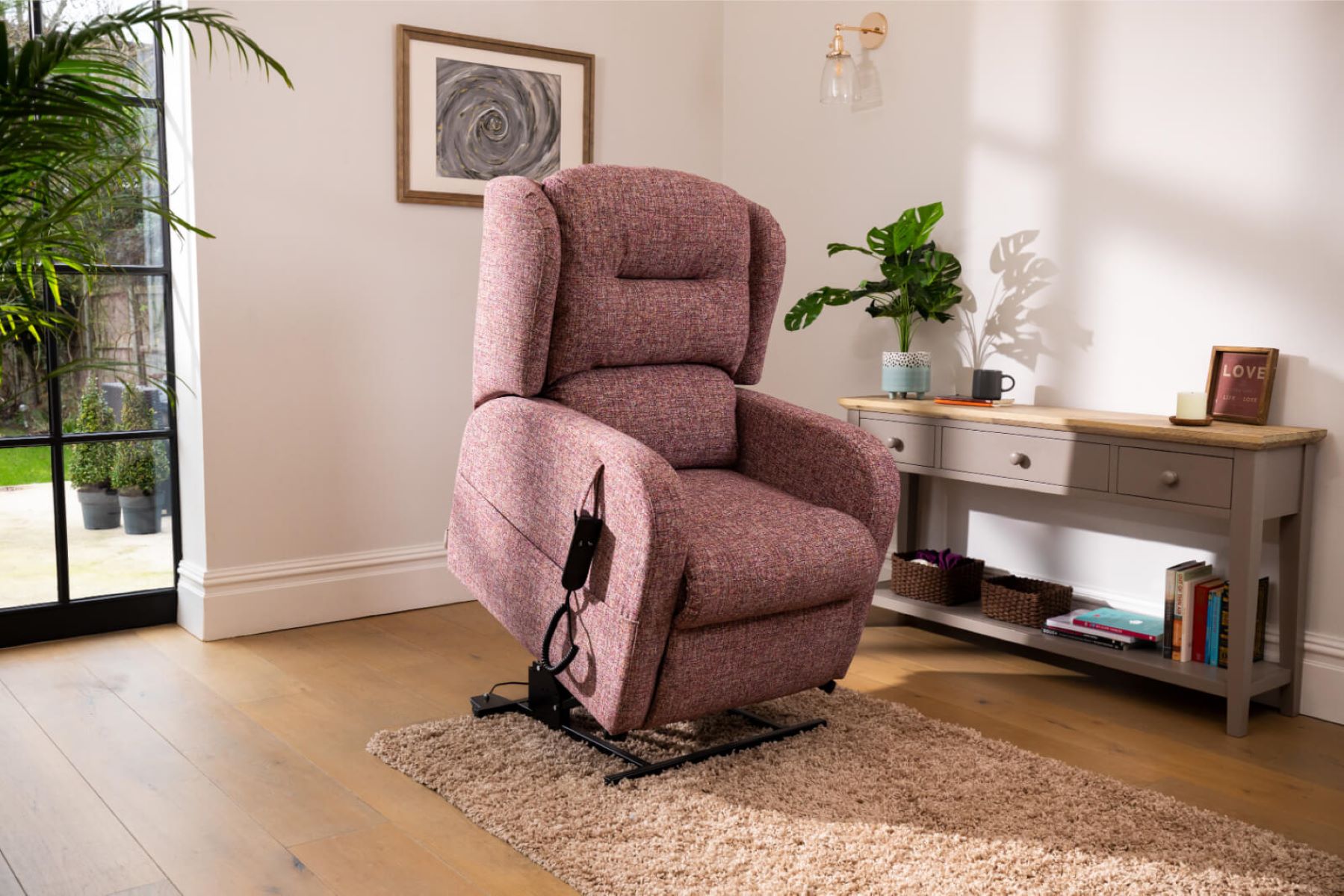

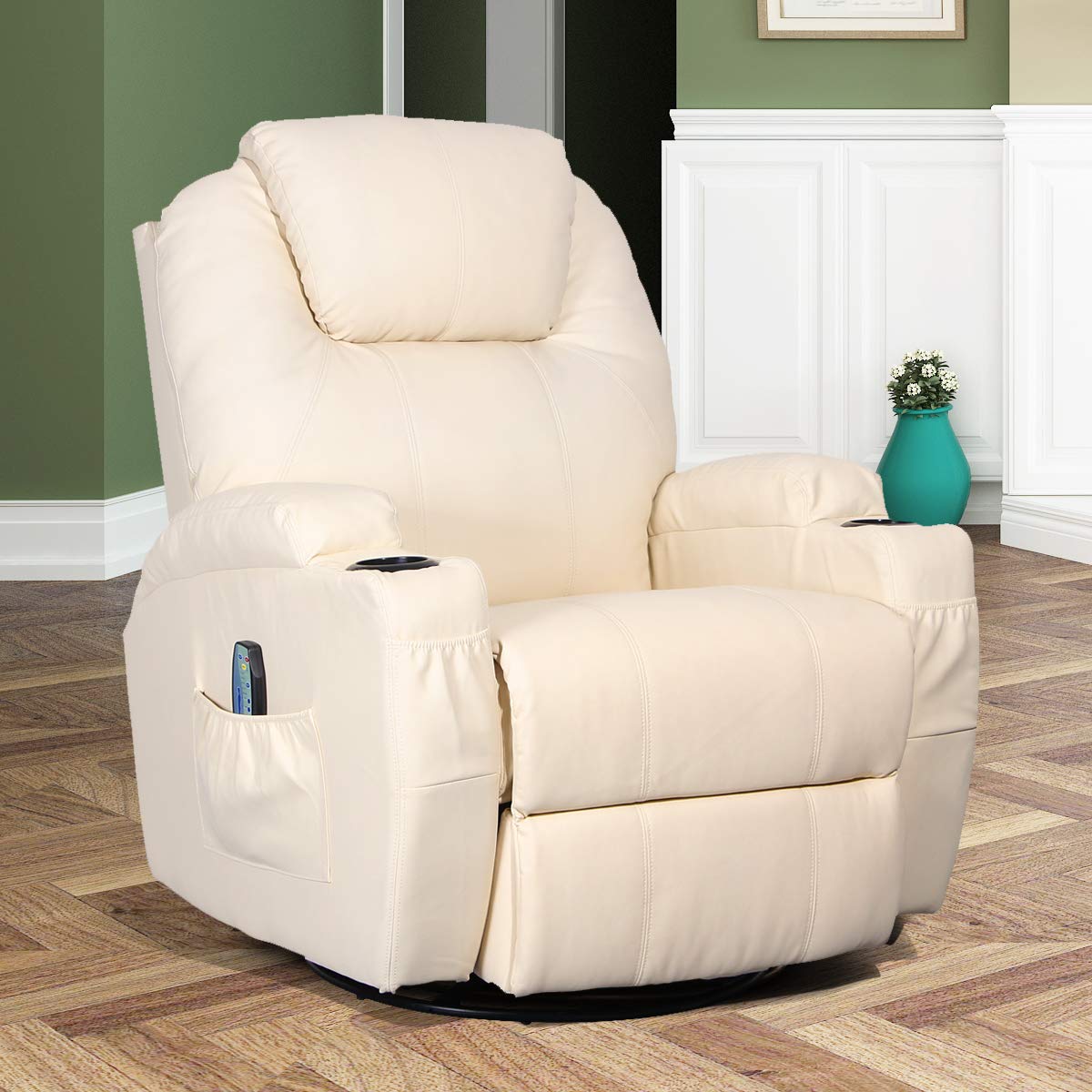


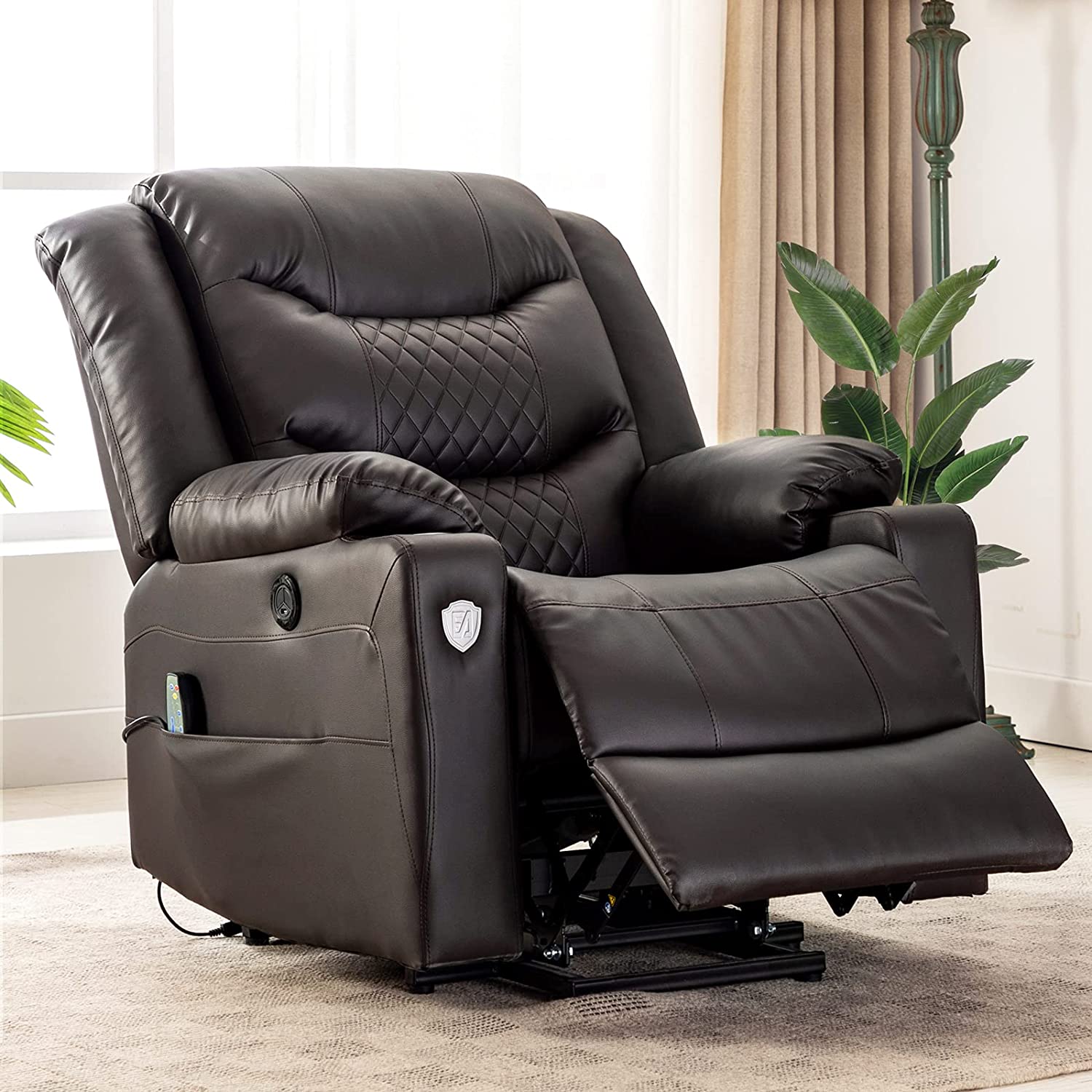

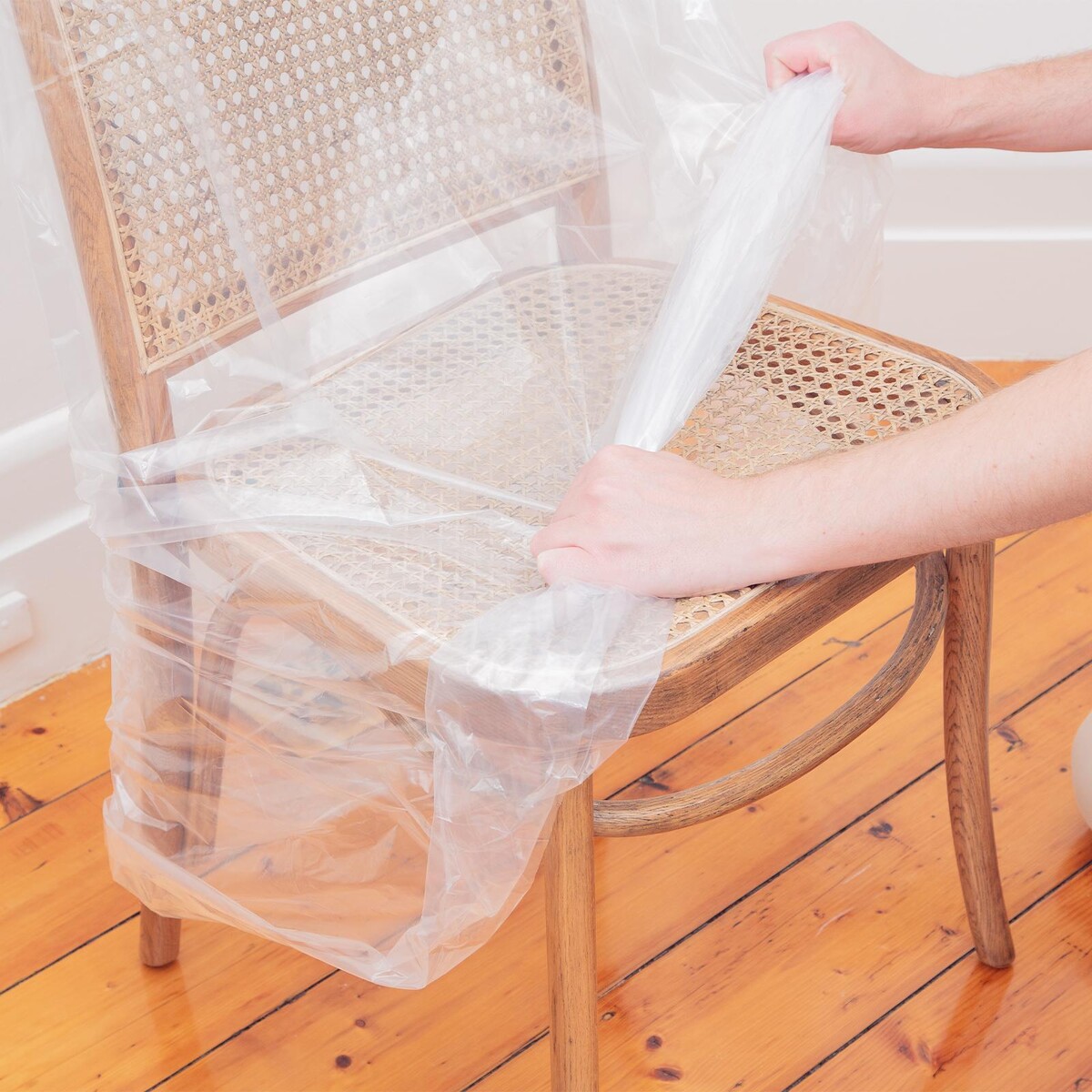
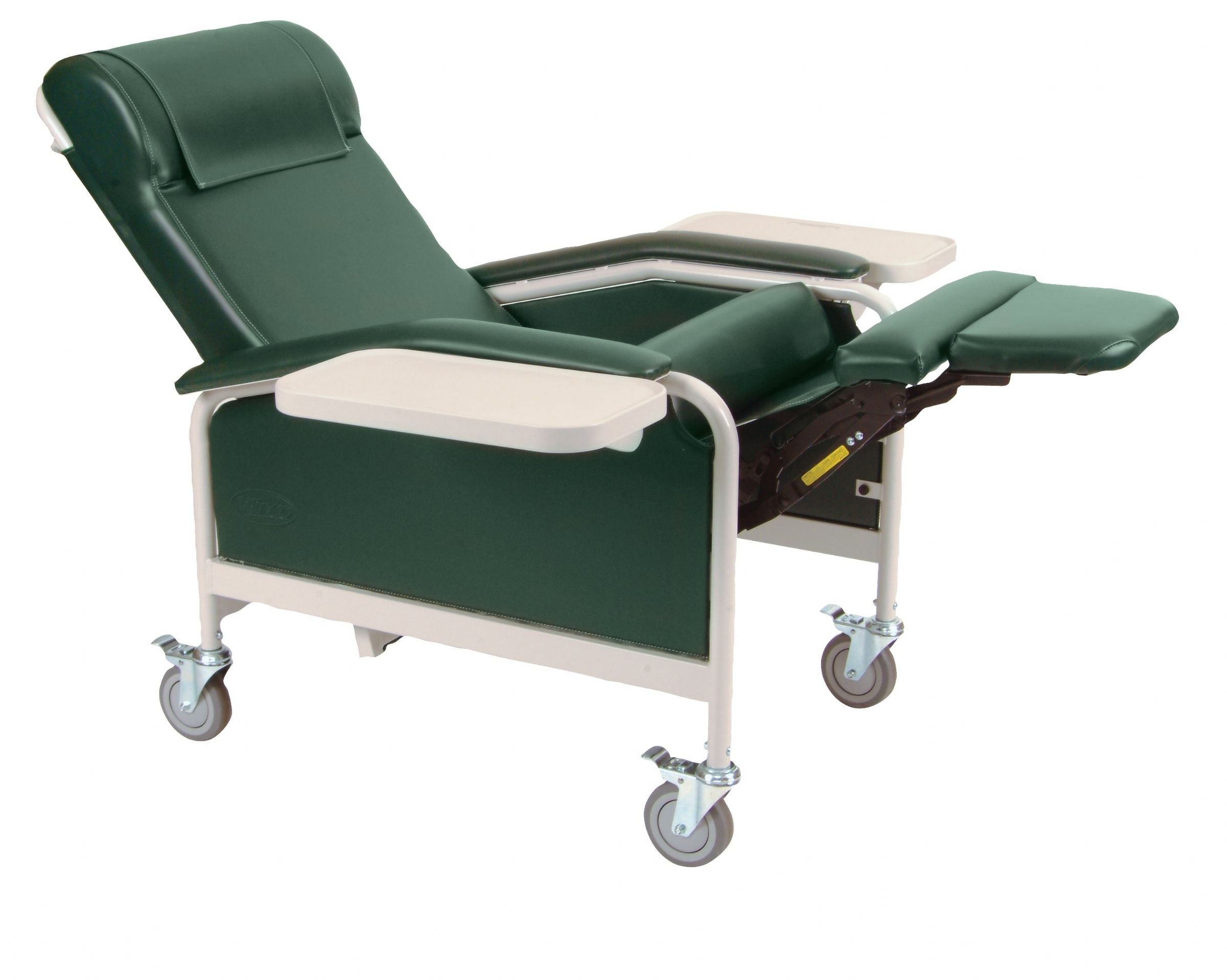

0 thoughts on “How To Move A Recliner Chair By Yourself”